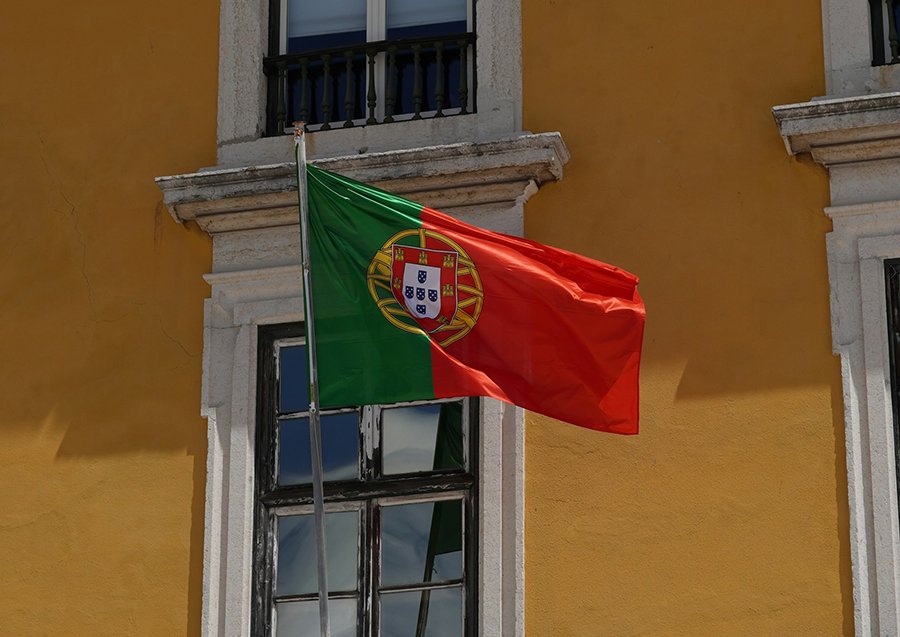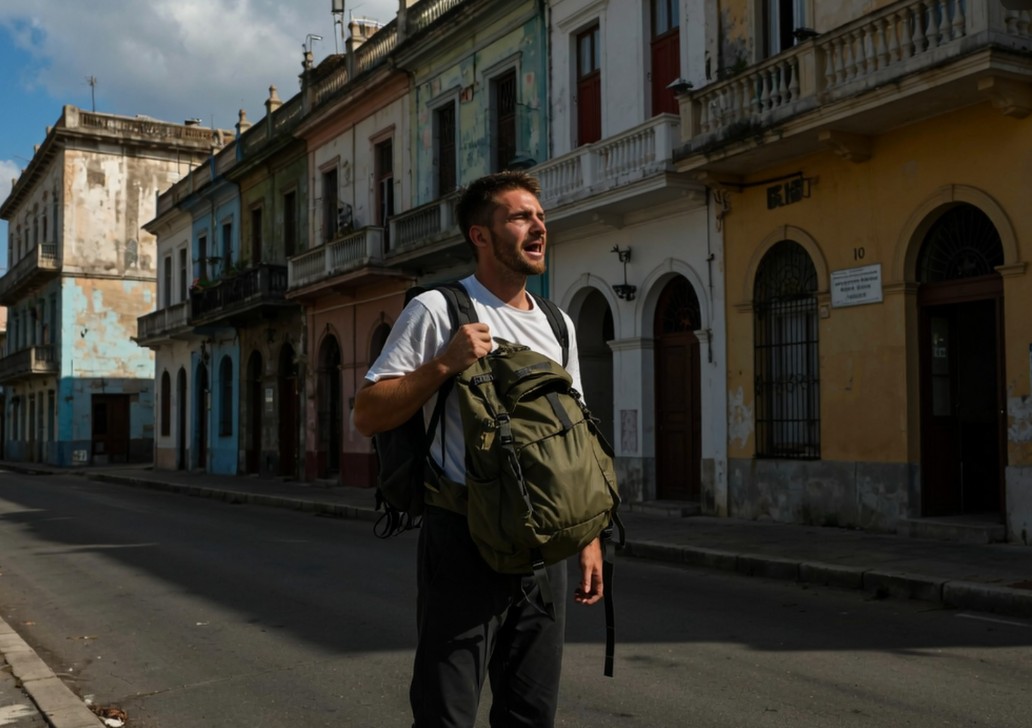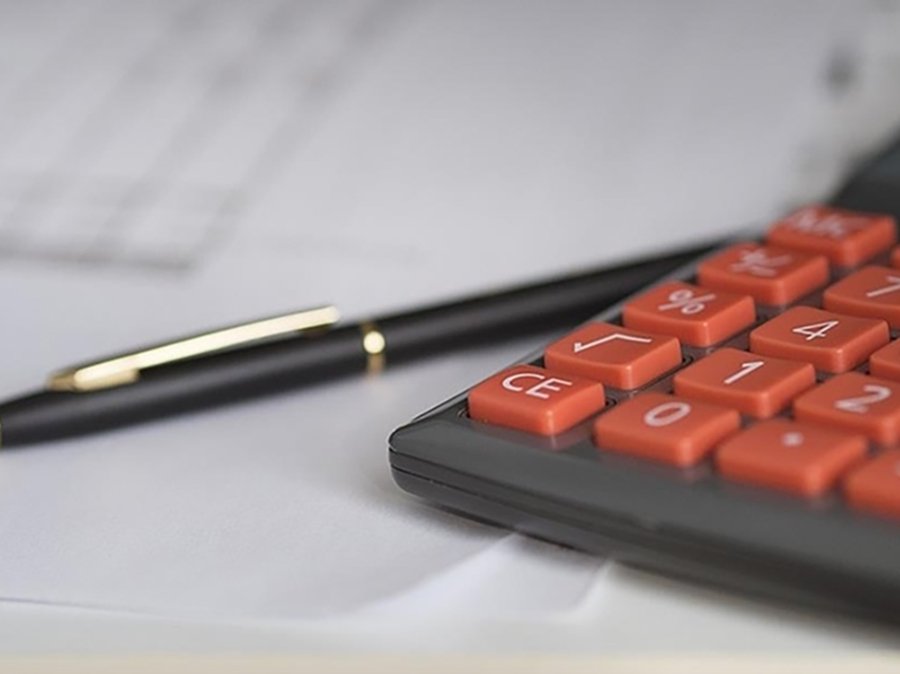читайте также
 Ten Years to a Passport: New Citizenship Rules in Portugal
Ten Years to a Passport: New Citizenship Rules in Portugal
 Top 25 World Economies 2025: Who Shapes Global Growth
Top 25 World Economies 2025: Who Shapes Global Growth
 “Season of Strict Rules”: How Cities Around the World Are Tightening Short-Term Rental Laws — And What It Means for Guests, Hosts, and Investors
“Season of Strict Rules”: How Cities Around the World Are Tightening Short-Term Rental Laws — And What It Means for Guests, Hosts, and Investors
 Turkey to Double the Tax Burden on Landlords
Turkey to Double the Tax Burden on Landlords
 Europe Calls — and Pickpockets Answer: Where Tourists Face the Greatest Risks in 2025 and How Not to Become a Victim
Europe Calls — and Pickpockets Answer: Where Tourists Face the Greatest Risks in 2025 and How Not to Become a Victim
 Thailand to Deport Russians and Crack Down on Visa Runners
Thailand to Deport Russians and Crack Down on Visa Runners

Photo: Wikimedia
On October 24, 2025, the Board of Directors of the Bank of Russia cut the key rate by 0.5 percentage points to 16.5% per annum. This is the fourth easing in three months, following the July peak of 21%. The Central Bank explained the decision by a slowdown in the economy and rising credit activity but warned that inflationary risks have intensified.
The pace of price growth exceeds the 4% target. In the third quarter of 2025, seasonally adjusted price growth accelerated to 6.4% year-on-year after 4.4% in the second quarter. Core inflation reached 4.3%, while annual inflation stood at 8.2% as of October 20. By year-end, it is expected to fall within 6.5–7%. Price dynamics were driven by higher fuel and food prices.
According to the “inFOM” survey, inflation expectations among households in September remained at 12.6% — the lowest since the same month in 2024. However, businesses raised their price expectations: the index rose to 19.6 points, marking the first noticeable increase since the start of the year.
Economic growth slowed in the third quarter but remains positive. Declines are observed in export-oriented industries, while domestic demand is supported by budget spending and rising household incomes. Unemployment is at record lows, and wages are growing faster than productivity. Monetary conditions remain tight: rates have risen slightly, and savings preferences persist. Retail lending is expanding moderately, while corporate borrowing grows faster. Pro-inflationary risks now outweigh disinflationary ones, driven by economic overheating, the upcoming VAT increase in 2026, high expectations, and worsening external conditions. Additional pressure comes from new U.S. sanctions against Rosneft and Lukoil.
Following the meeting, the Board updated its medium-term forecast. Inflation for 2025 is expected at 6.5–7%, slowing to 4–5% in 2026, returning to the target range. The average key rate may decline next year to 13–15%. By 2027–2028, the regulator envisions a further transition to 7.5–8.5%.

Overall, economic dynamics will remain weak. GDP is expected to grow by 0.5–1% by December, by up to 1.5% in 2026, and by 2.5% toward the end of the decade. Capital investment growth will stay modest at 1–3%, and consumer spending will rise by 1–2%. On foreign markets, the Central Bank expects a moderate weakening of Russia’s position. The current account balance is projected to fall to $38 billion in 2025 and $27 billion in 2026 but may recover to $32 billion in 2027. The Russian oil price used for taxation is forecast at $58–55 in the coming months and $60 over the next few years.

Deputy Governor Alexei Zabotkin said that the upcoming tax increase in early 2026 would add 0.6–0.7 percentage points to inflation. “In the short term, this will be an inflationary factor, but in the long term, taxes will have the opposite effect,” he noted. Bank of Russia Governor Elvira Nabiullina emphasized that tax hikes, unlike deficit-funded spending, “cannot be a source of sustained inflationary pressure.”
A slowdown in the global economy and lower oil prices, combined with rising trade tensions, could weaken the ruble and push prices higher. Meanwhile, the Central Bank notes that fiscal influence in 2025 will be weaker than expected. In the medium term, fiscal policy should contribute to stabilization, though changes in its parameters may prompt monetary policy adjustments.
The World Bank warns of Russia’s transition toward stagnation. According to its forecast, GDP growth will not exceed 1% in 2026–2027. After a period of large-scale stimulus that temporarily boosted growth, the country is losing momentum. Consumer activity is declining, loans remain expensive, and government support is shrinking. The federal deficit exceeds 3% of GDP. Externally, oil and gas exports are falling while imports slightly rise. Industry is sustained by defense orders and state projects, but the private sector is losing ground. The World Bank expects inflation to drop to 4% by 2027, though investment activity will remain weak and fiscal risks elevated.
Подсказки: Bank of Russia, key rate, inflation, monetary policy, Russian economy, interest rate, GDP, Elvira Nabiullina, Rosneft, Lukoil, ruble, World Bank





